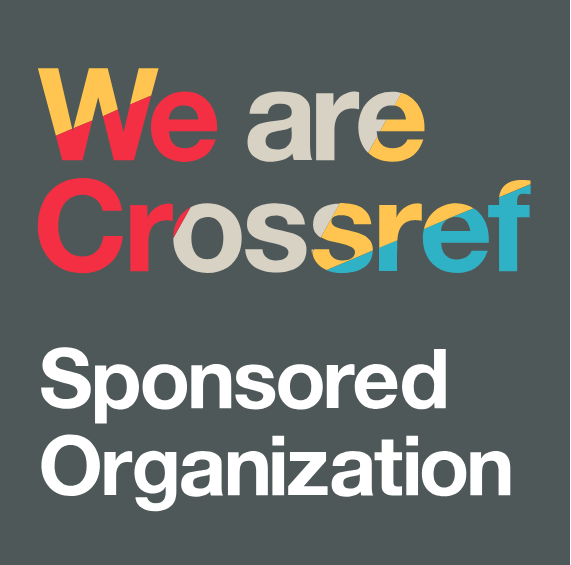The Effect of Transformational Leadership Style, and Work Discipline on Employee Performance with Organizational Commitment as Intervening Variable at PT. Laser Jaya Sakti
DOI:
https://doi.org/10.38035/jafm.v3i2.98Keywords:
Leadership Style, Work Discipline, Employee Performance, Organizational CommitmentAbstract
Through the results of this study, it is proven that communication style has a significant effect on morale through work performance at PT. Laser Jaya Sakti, and performance can mediate the relationship between the influence of communication style on morale. Regarding previous research between the relationship between work and commitment, continuous commitment can occur. Permanent engagement means the component based on the employee's perception of loss. Consequences if he leaves the organization. Continuous involvement means staying in the organization, and is an individual need, and is based on the consideration that a person has invested a lot of personal resources and abilities (knowledge and skills) in the organization, so it is very dangerous for him to leave. Continuing engagement occurs when employees stay in an organization because they need pay and other benefits, or because the employee cannot find another job. The main factor behind the continuity of engagement is the investment of individual resources in the organization and the limitation of alternatives (lack of alternatives) if they have to leave the organization. In this research, it is clear that the basis of going concern is cost taking into account revenue, so this dimension is called arithmetic liability. Because the indicators measure the dimensions of continuity of commitment, including the individual's major losses when leaving the organization; It is difficult to leave the organization even if you want to, and the most important consideration remains with the organization because it is difficult to find other alternatives.
References
Eva, N., Robin, M., Sendjaya, S., van Dierendonck, D., & Liden, R. C. (2019). Servant Leadership: A systematic review and call for future research. Leadership Quarterly. https://doi.org/10.1016/j.leaqua.2018.07.004
Jones, C., & English, J. (2004). A contemporary approach to entrepreneurship education. Emerald Group Publishing Limited, 46(8–9), 416–423. https://doi.org/10.1108/00400910410569533
Kuswanti, H., & Margunani. (2020). Pengaruh Jaringan Sosial dan Pendidikan Kewirausahaan terhadap Niat Berwirausaha dengan Persepsi Kontrol Perilaku sebagai Variabel Moderasi Heni Kuswanti? , Margunani DOI: 10.15294/eeaj.v9i1.37244 Jurusan Pendidikan Ekonomi, Fakultas Ekonomi, Universitas. Economic Education Analysis Journal, 9(1), 150–165. https://doi.org/10.15294/eeaj.v9i1.37244
Küttim, M., Kallaste, M., Venesaar, U., & Kiis, A. (2014). Entrepreneurship Education at University Level and Students ’ Entrepreneurship education at university level and students ’ entrepreneurial intentions. Procedia - Social and Behavioral Sciences, 110(January), 658–668. https://doi.org/10.1016/j.sbspro.2013.12.910
Mani, M. (2015). Enterprenerurship Education: A Students’ Presprective. International Journal of E-Entrepreneurship and Innovation, 5(1), 1–14. https://doi.org/10.4018/ijeei.2015010101
Marlinah, L. (2019). PENTINGNYA PERAN PERGURUAN TINGGI DALAM MENCETAK SDM YANG BERJIWA INOVATOR DAN TECHNOPRENEUR MENYONGSONG ERA SOCIETY 5.0. Jurnal IKRA-ITH Ekonomika Vol, 2(3), 17–25.
Sayer, A. (2020). Quantitative methods in social science. In Method in Social Science. https://doi.org/10.4324/9780203163603-9
Smith, C. (2005). Servant leadership : the leadership theory of Robert K. Greenleaf. Leadership Quarterly.
Tuan (Tuan Luu), L. T. (2018). Activating tourists’ citizenship behavior for the environment: the roles of CSR and frontline employees’ citizenship behavior for the environment. Journal of Sustainable Tourism, 26(7), 1178–1203. https://doi.org/10.1080/09669582.2017.1330337
Van Dierendonck, D. (2011). Servant leadership: A review and synthesis. Journal of Management, 37(4), 1228–1261. https://doi.org/10.1177/0149206310380462
Downloads
Published
How to Cite
Issue
Section
License
Authors who publish their manuscripts in this journal agree to the following conditions:
- The copyright on each article belongs to the author(s).
- The author acknowledges that the Journal of Accounting and Finance Management (JAFM) has the right to be the first to publish with a Creative Commons Attribution 4.0 International license (Attribution 4.0 International (CC BY 4.0).
- Authors can submit articles separately, arrange for the non-exclusive distribution of manuscripts that have been published in this journal into other versions (e.g., sent to the author's institutional repository, publication into books, etc.), by acknowledging that the manuscript has been published for the first time in the Journal of Accounting and Finance Management (JAFM).

























